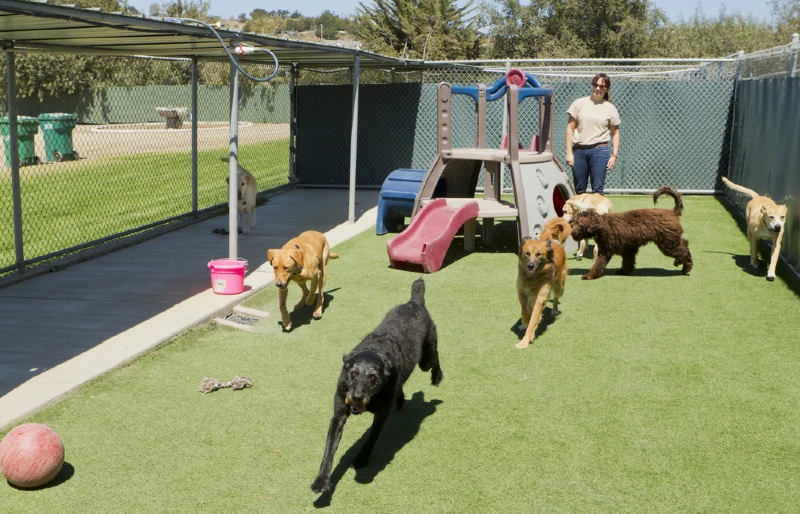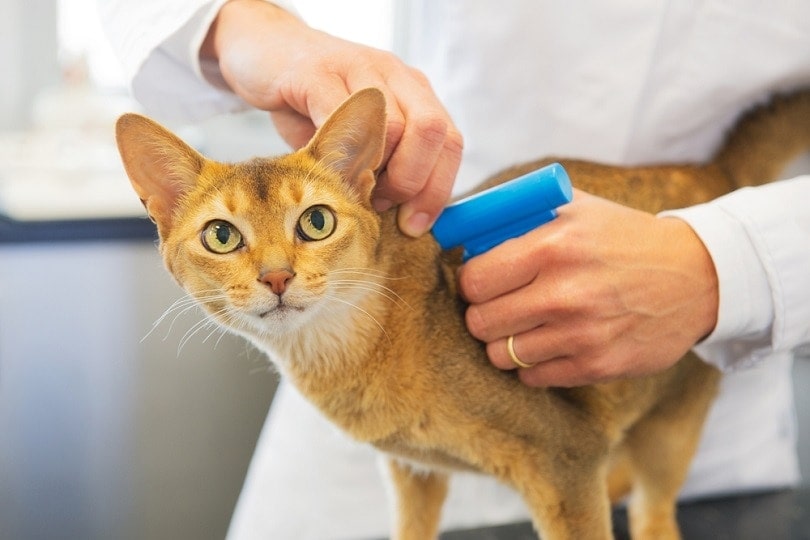What Is the Cost to Spay or Neuter a Dog in Australia? 2024 Price Update
By Beth Crane
Updated on
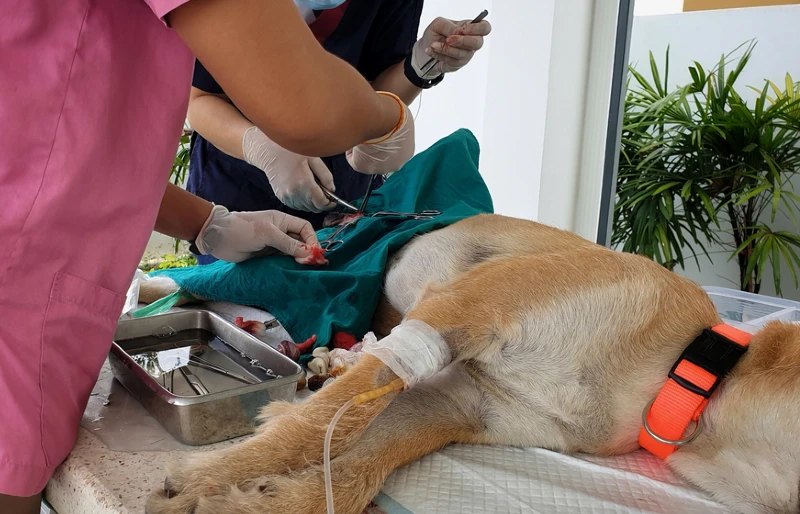
Neutering and spaying our dogs is an essential part of canine care that we all have to consider at some point. Neutering refers to the surgical removal of a male dog’s testicles, and spaying removes a female’s ovaries and uterus.
In Australia, it’s not just from an animal welfare point of view that dogs are neutered, as most States and Territories have their own mandates regulating the “desexing” of dogs which may well decide for you. But why are neutering or spaying dogs so important? Just how much does it cost? Although the prices vary based on the location and sex of the dog, you can expect to pay between $200 – $700 on average. Read on to discover how much you can expect to pay in Australia to get your dog neutered or spayed and what to expect from the procedures.
The Importance of Spaying or Neutering a Dog in Australia
There is always a level of debate when discussing neutering with dog owners, no matter where you live. In Australia, each area of the country has taken an active position in advocating for the spaying and neutering of dogs and cats because of the sheer number of stray and unwanted pets. Over 200,000 unwanted dogs in Australia get admitted to shelters each year, and 20% of these are euthanized due to a lack of space or good homes for them to go to.1
The cost of caring for stray dogs is also a massive factor, with each dog admitted to, housed in, and euthanized in shelters in Australia costing between $280–$1,400. In every state, there are additional costs for dog owners when registering their pets too. Dogs that are not neutered or spayed cost more to register. South Australia and Australian Capital Territory have passed a law that all dogs over the age of 6 months (unless otherwise advised by a veterinarian) must be neutered.
There are health benefits to getting your dog spayed and neutered, which are sometimes lifesaving. Apart from the obvious reason for reducing the number of unwanted litters and the potential stress of puppies, the other benefits of spaying and neutering your dog are:
- It can prevent ovarian cancer and reduce the likelihood of mammary cancer in female dogs.
- Female dogs no longer have seasons.
- It reduces the likelihood of false pregnancy in female dogs (which is incredibly stressful for them).
- It reduces the likelihood of prostate cancer in male dogs and prevents testicular cancer.
- It reduces undesirable behavior in male and female dogs, including aggression, urine marking, and mounting.
Contrary to common belief, spaying or neutering your dog won’t change their personality or behavior;2 hormonally driven behavior such as marking is reduced due to the reduction of sex hormones (e.g., testosterone in male dogs), but their personality will still shine through.
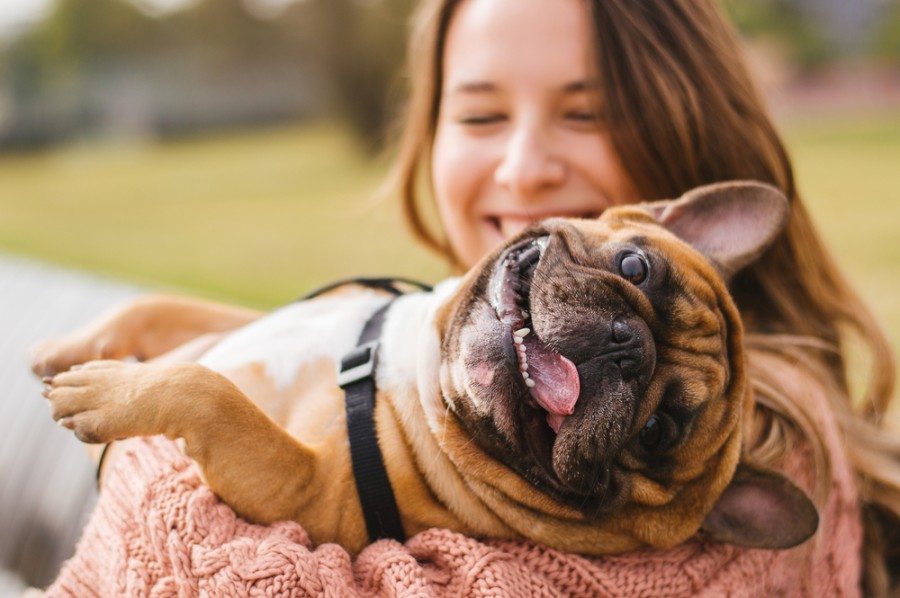
How Much Does Spaying or Neutering a Dog in Australia Cost?
The cost of spaying or neutering a dog in Australia depends on several factors. The dog’s sex, age, breed, and geographical location all make a difference in the price of the procedure, with the prices in each area varying slightly from clinic to clinic.
These prices can vary so much from individual to individual (particularly between sexes) because of the differences in the procedures and what’s involved. Castrating (neutering) male dogs is much simpler than spaying a female dog, as it’s done “outside” of the body cavity, whereas spaying is performed by making an incision into the dog’s abdomen. However, if the male dog has a testicle that hasn’t come down into the scrotum (called cryptorchidism), the vet will have to look for it! This increases the price, so there are many variables to consider.
We have collected prices from veterinary offices around Australia and provided prices based on the geographical location and sex of the dog in the table below:
| Geographical Location in Australia | Male Dogs (Neutered) | Female Dogs (Spay) |
| South Australia | $399–$491 | $545–$745 |
| Tasmania | $132–$192 | $156–$252 |
| Queensland | $275–$395 | $325–$455 |
| Northern Territory | $178–$258 | $226–$333 |
| Victoria | $380–$580 | $460–$650 |
| Western Australia | $250–$450 | $290–$510 |
| New South Wales | $453–$794 | $690–$880 |
Some foundations and organizations offer low-cost or free neutering and spaying across Australia. However, we didn’t factor these into our prices to give an accurate range.
Additional Costs to Anticipate
There are a few extra costs to consider when thinking about spaying or neutering your dog in Australia. The procedure itself can incur additional fees if your dog is not totally healthy or if they are older. Dogs that require additional support under anesthesia, such as brachycephalic (flat-faced) dogs, obese dogs, or dogs that are in season, will require additional monitoring and potential fluid or drug support during their procedure. This costs the veterinarian’s office more, so the cost will be higher.
Additional procedures commonly performed at the same time as the neutering procedure, such as deciduous tooth removal, will add more minutes under the anesthetic, resulting in a higher cost. Most spay and neuter procedure costs include the price of pain relief during recovery and the price of an Elizabethan collar, but these can sometimes be an additional cost.
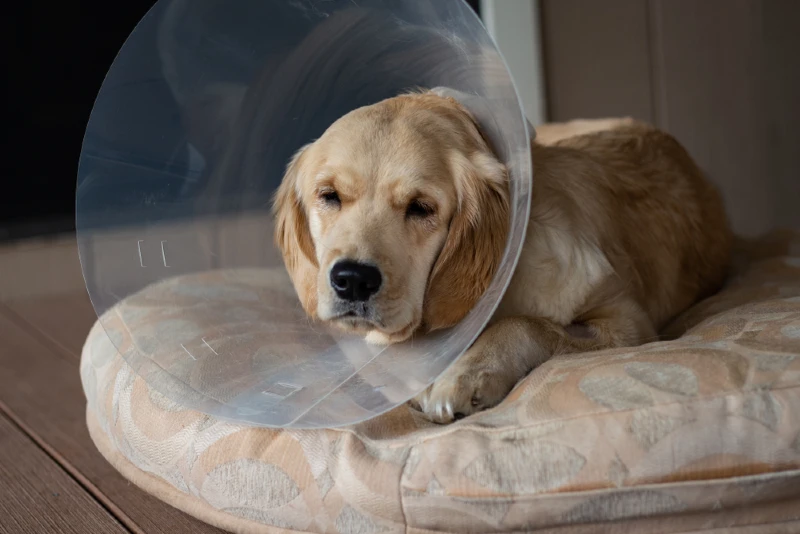
Are There Any Complications of Spaying and Neutering Dogs? What To Consider
There are a few reasons why spaying and neutering your dog can be decided against. However, most dogs will fully recover and suffer no adverse effects. Before getting your dog spayed or neutered, remember that the procedure is non-reversible (if performed surgically), and your dog will never be able to birth/sire a litter.
There are risks involved with the anesthetic in neutering (as with any procedure that requires anesthesia), but these are small. For example, a dog’s risk of death from complications attributed to anesthetics is only 0.24%. There is also a small risk of infection, but properly caring for your dog post-surgery will minimize this as much as possible.
Bruising and minor bleeding from the surgical site are more common complications, but ensuring your dog wears its E-collars and leaves its wound alone can decrease the likelihood of these.
In Australia, governments advocate for the early neutering of dogs before their first season at around 6 months of age. However, there have been studies that have concluded that the risk (while every small) is increased for the following conditions in dogs neutered and spayed at this age:
- Osteosarcoma (bone cancer)
- Lymphoma
- Joint disorders
- Problems with the cranial cruciate ligament (more common in large breed dogs)
- Urinary incontinence
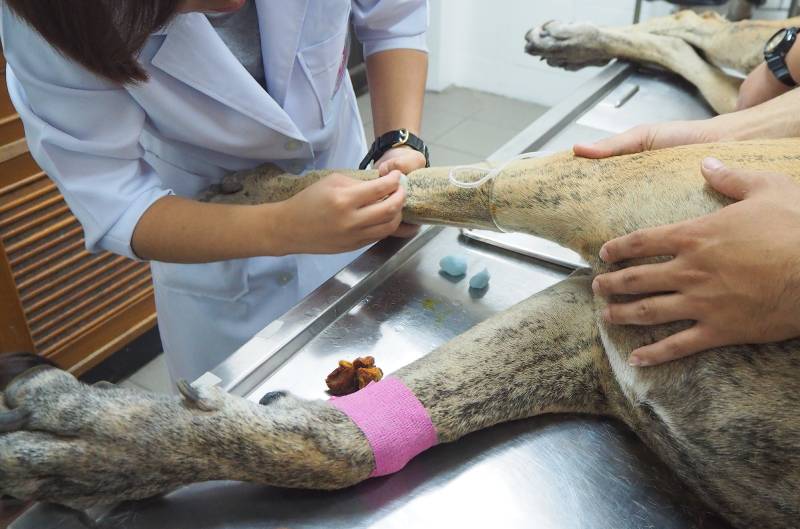
Does Pet Insurance Cover Dog Spaying or Neutering in Australia?
Since spaying and neutering are elective procedures (meaning non-essential), most pet insurance policies won’t cover them. Some policies may offer additional concessions or a “money pot” towards them, however, so it’s worth checking with your provider to see which wellness plans they offer. Also, since spaying and neutering is only a one-off cost, some pet owners in Australia may choose to save up and pay for this as a separate expense.
What To Do for Your Dog After They’re Spayed or Neutered
Your dog will depend on you to care for them post-operatively after their spay or neutering procedure. A typical spay or neuter takes at least 2 weeks to recover from, meaning that you’ll need to keep an eye on them and care for their wound during this time.
Most complications from spaying and neutering are caused by poor wound management and allowing your dog to get to their wound. In addition, dogs will lick their wounds instinctually, sometimes causing delayed healing. In the worst cases, licking can even open up their surgical wounds.
Making sure your dog always wears their Elizabethan collars or pet shirts can prevent them from interfering with healing. Taking your dog to their post-operative checks and giving them their pain relief on schedule will also ensure they’re healing comfortably. Lastly, giving them lots of love and cuddles will make them feel better!
Summary
Neutering and spaying your dog in Australia is mandated in some areas, with higher registration costs and fines for those not neutered by 6 months of age. The prices of neutering your dog vary from place to place across the country, and male dogs are less expensive to neuter than female dogs. This is likely due to the time and complexity of female dog spays compared to male castrates (unless they have complications). However, there are low-cost (and even free) neutering and spaying options for those who need help covering the cost.
- Related Read: How Many Cats & Dogs are Spayed & Neutered in Australia?
See Also: What Is the Cost of Dog Grooming in Australia?
Featured Image Credit: RJ22, Shutterstock









